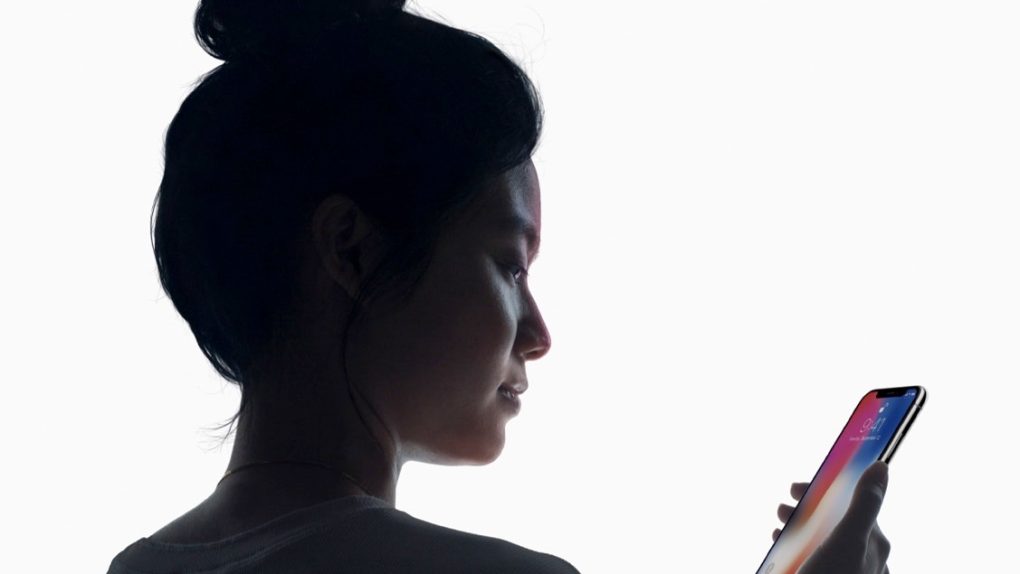In the weeks and months leading up to Apple’s iPhone X unveiling, it was never entirely clear what Apple was planning to do with Touch ID on its flagship 2017 iPhone. While some reports indicated that Apple had tried and failed to embed a Touch ID sensor underneath the iPhone X’s OLED display, others speculated that Apple might opt to place its venerable Touch ID sensor on the backside of the device.
Of course, as we all know now, Apple with the iPhone X abandoned Touch ID altogether and replaced it with a facial recognition system called Face ID. According to Apple, Face ID is not only more seamless than Touch ID, but more reliable as well. As Phil Schiller noted earlier this week, the likelihood of an unauthorized user unlocking an iPhone secured by Face ID is an astonishing 1 out of 1 million. In stark contrast, the odds of someone unlocking an iPhone secured by Touch ID is 1 out of 50,000.
Still, the iPhone X’s facial recognition system raises a number of interesting questions about the evolution and design of the iPhone X. First and foremost, is Face ID on the iPhone X an inferior solution in light of reports that Apple initially wanted to embed Touch ID into the display itself? In a similar vein, was Apple scrambling to incorporate a Face ID system late in the game, only after realizing its Touch ID plans were falling apart?
As it turns out, the answer to both those questions are ‘no.’ According to Daring Fireball’s John Gruber, who tends to have pretty solid sources within Apple, Face ID is anything but a compromise in terms of both design and functionality. In fact, Gruber notes that Apple opted to go with Face ID over Touch ID more than a year ago, a claim which makes the deluge of reports regarding Touch ID and the iPhone X all the more curious.
Apple made this decision well over a year ago. Perhaps the fundamental goal of iPhone X was to get as close as they could to an edge-to-edge display. No chin whatsoever. There were, of course, early attempts to embed a Touch ID sensor under the display as a Plan B. But Apple became convinced that Face ID was the way to go over a year ago. I heard this yesterday from multiple people at Apple, including engineers who’ve been working on the iPhone X project for a very long time. They stopped pursuing Touch ID under the display not because they couldn’t do it, but because they decided they didn’t need it.
At this point, I’m inclined to believe Gruber’s characterization. Though I can’t envision Apple engineers admitting to Gruber, “yeah, we couldn’t figure out Touch ID so we scrambled to develop Face ID”, it’s important to remember that advanced features like Face ID are designed and developed many months ahead of production. That said, the notion that Apple long ago ceased development on an embeddable version of Touch ID in favor of Face ID does make logical sense.








